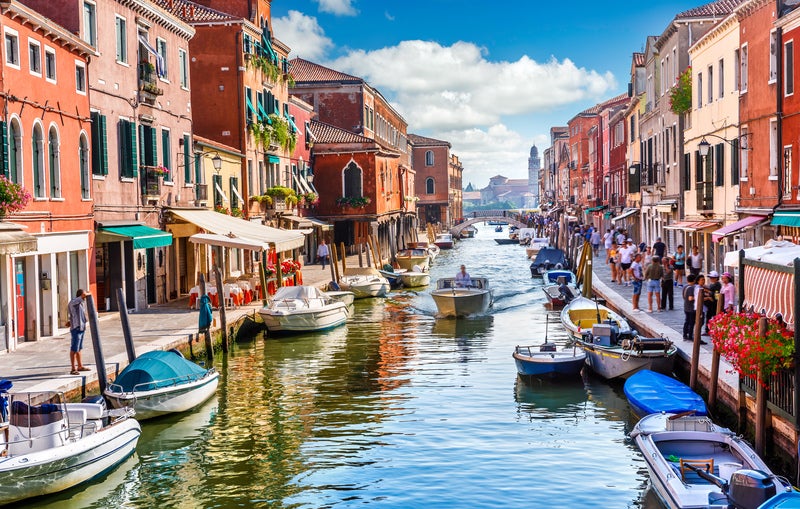The Impact of COVID-19 on Venice’s Tourism Industry
Venice went from having too many tourists to none at all in a matter of weeks
Venice has long suffered with one of the most famous cases of overtourism in the world, which has placed immense pressure on the city’s infrastructure and amenities.
The lack of tourists amid COVID-19 has allowed the destination to rethink its tourism strategy, along with how the issue of overtourism can be managed effectively. Visitation in Venice is concentrated around main landmarks such as St. Mark’s Square, the Rialto Bridge and the Grand Canal, which therefore puts further pressure onto these areas and the surrounding businesses.
Daily limits of visitors to the destination would be an easy way to minimize problems of overtourism. However, this is a hard measure to put into practice.
Cruise ships are the root of the problem
Cruise ships, which often ‘dump’ thousands of tourists per day in Venice, act as a large explanation as to why overtourism occurs. Cruise ship passengers often engage in guided tours around the city during the day before returning to the ship that evening to visit another destination. As food, drinks, guided tours and much more are all included within cruise fares, this leaves little economic benefit to be left for Venetian businesses. The local economy misses out. Expenditure on accommodation, transportation, foodservice and entertainment & sightseeing is often lacking.
How well do you really know your competitors?
Access the most comprehensive Company Profiles on the market, powered by GlobalData. Save hours of research. Gain competitive edge.

Thank you!
Your download email will arrive shortly
Not ready to buy yet? Download a free sample
We are confident about the unique quality of our Company Profiles. However, we want you to make the most beneficial decision for your business, so we offer a free sample that you can download by submitting the below form
By GlobalDataAlongside the issue of thousands of ‘day-trip’ tourists visiting Venice, cruise ships also put immense environmental pressure onto the city. Large cruise ships which previously were able to dock in the middle of Venice’s historic center, have been banned by the Italian government from 2021 and all cruise ships must dock in mainland Italy. This ban could partly solve the problem of overtourism and the environmental issue this phenomenon brings. However, with transport links from mainland Italy to Venice being highly accessible, it will not eradicate cruise tourists altogether.
Venice cannot forego the economic value of tourists
Less tourists visiting Venice sounds like the ultimate solution. However, the city heavily relies upon tourist expenditure and will feel the economic impact if visitation is drasticially limited.
Despite its industrial past, the quality of infrastructure in Venice remains low. Inner city travel is completely via boat as cars and roads are banned. Reliance on other industries to fill the void that tourism will leave is risky as Venice has now long relied on tourism as a vital economic contributor for a sustained amount of time. Shifting focus on to another industry can not be done overnight.
To mitigate the overtourism problem, Venice should look to attract a higher value international tourist, who is likely to spend a few nights in the city and spend generously whilst there on authentic products and services. This could help to change the perception of Venice on the global stage. However, this process will take time to implement and its new identity will have to be marketed strategically using the correct promotional channels. Marketing efforts need to be placed on attractions that are located in areas away from where tourists usually congregate, this will spread the amount of people around the city to reduce overcrowding, whilst also extending the economic benefit tourism brings.









